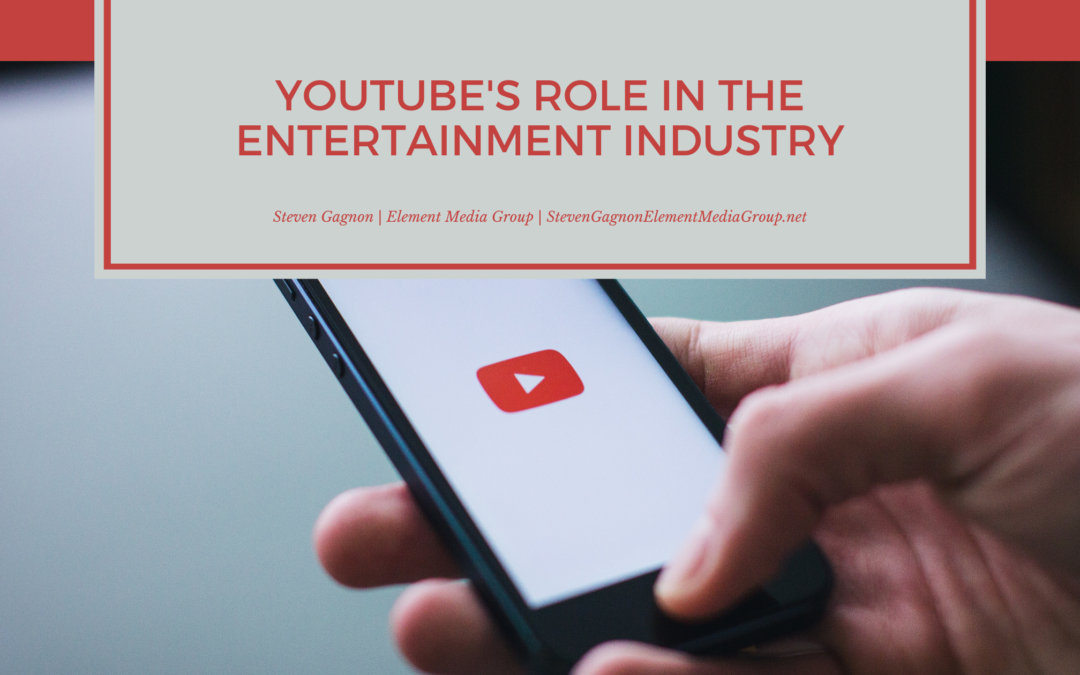When looking at how the entertainment industry has changed over the years, it is critical not to overlook YouTube’s role. Along with a plethora of newer streaming services, YouTube has changed the way many people look at the industry.
YouTube was founded back in 2005 and later bought by Google (for $1.65 billion). These days, YouTube is the go-to site whenever someone is seeking to learn a new skill, watch cute cat videos, or find a new indie film.
The Rise of YouTubers
Many things make YouTube unique in the entertainment industry. While making it big as a YouTuber is not an easy task to many, it still feels more approachable than the typical path to stardom.
Much of the content uploaded to YouTube is from individuals known as YouTubers. For those on the top, they consider what they do their primary source of income – and have worked hard to cultivate their following.
At first, most of the industry had trouble taking YouTubers seriously. However, these days they’ve been acknowledged as a legitimate part of the content creator industry.
Adapting Laws
Due to the popularity of YouTube, certain laws have been forced to shift and change to keep up with the times. For example, the rising popularity of YouTube bloggers forced the Advertising Standards Authority to clarify that all promotions must be clearly labeled as such, which means that YouTubers could no longer discreetly promote items without a disclaimer.
The Push to Go Virtual
There’s no denying that YouTube’s popularity impacted the push to go virtual for many companies. Streaming services have gotten more popular in recent years – and all of those services had their eyes on YouTube’s countless users.
Part of the reason YouTube succeeds here, even against services that provide high-quality content, is the ease of access. People want to watch what they want when they want it. Given the number of videos available on YouTube, it is usually possible for users to find exactly what they’re looking for.
Part of the reason why YouTube lead the push for streaming services is its success with YouTube Red. YouTube Red is part of a paid tier, a subscription service for YouTube. It allows exclusive content, as well as the elimination of all ads. Sound familiar?
It’s easy to see how other companies would be tempted to follow suit. These days, the industry would be hard-pressed to find a company within the entertainment industry that doesn’t have a streaming platform.

